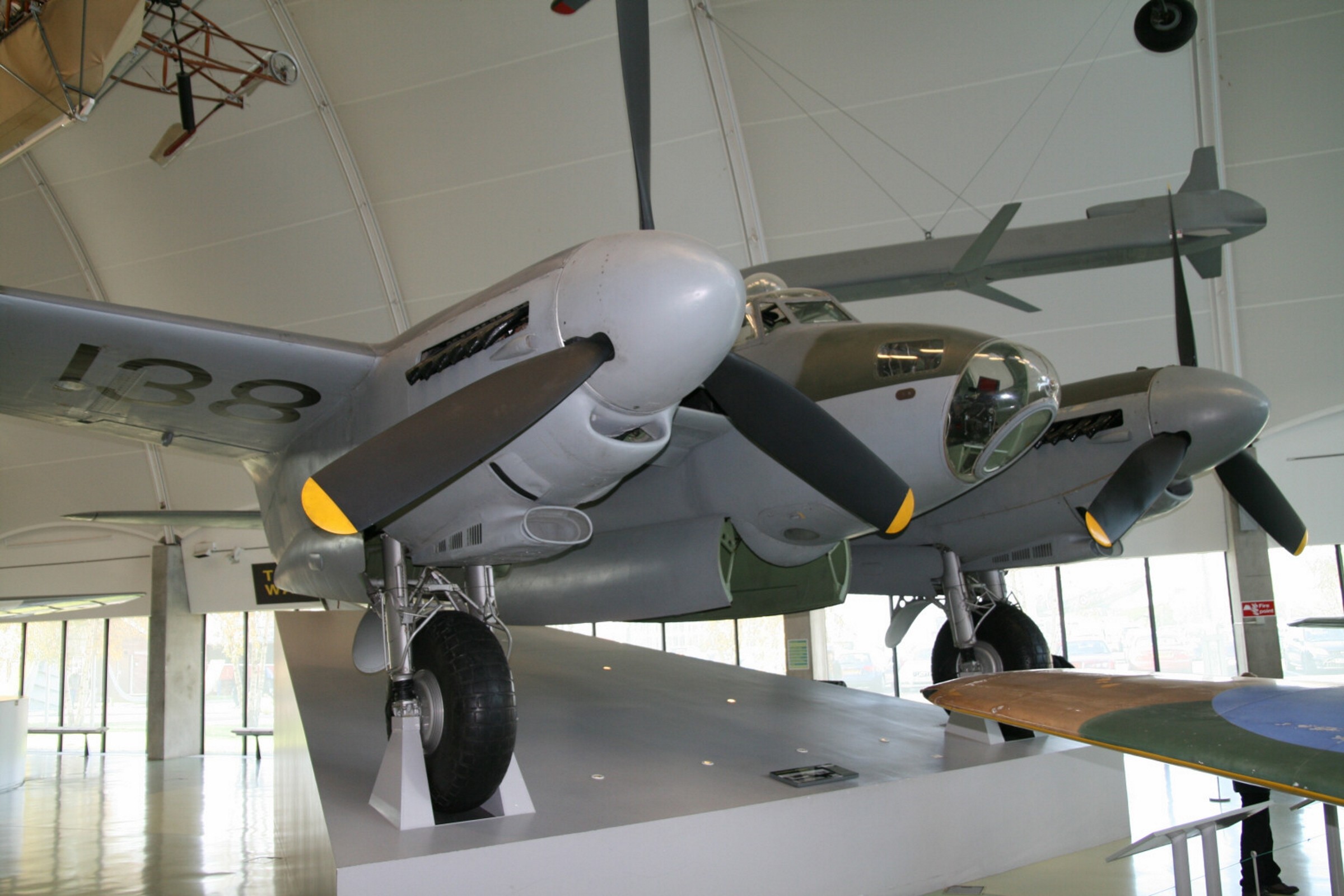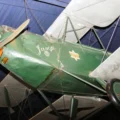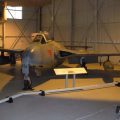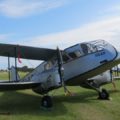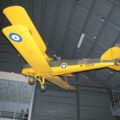O de Havilland DH.98 Mosquito era um avião de combate multi-role de dois motores britânicos. A tripulação de dois, piloto e navegador, sentou-se lado a lado. Serviu durante e depois da Segunda Guerra Mundial. Foi uma das poucas aeronaves operacionais da linha de frente da época construída quase inteiramente de madeira e foi apelidada de The Wooden Wonder. O Mosquito também era conhecido carinhosamente como o "Mossie" para suas equipes. Originalmente concebido como um bombardeiro rápido desarmado, o Mosquito foi adaptado para papéis incluindo bombardeiro tático diurno de baixa a média altitude, bombardeiro noturno de alta altitude, pathfinder, caça diurno ou noturno, bombardeiro de caça, intruso, aeronave de ataque marítimo e aeronaves de reconhecimento fotográfico rápido. Também foi usado pela British Overseas Airways Corporation (BOAC) como um transporte rápido para transportar pequenas cargas de alto valor para, e de países neutros, através do espaço aéreo controlado pelo inimigo. Um único passageiro poderia andar no compartimento de bombas da aeronave quando foi adaptado para o efeito.
Fonte: de Havilland Mosquito na Wikipédia
